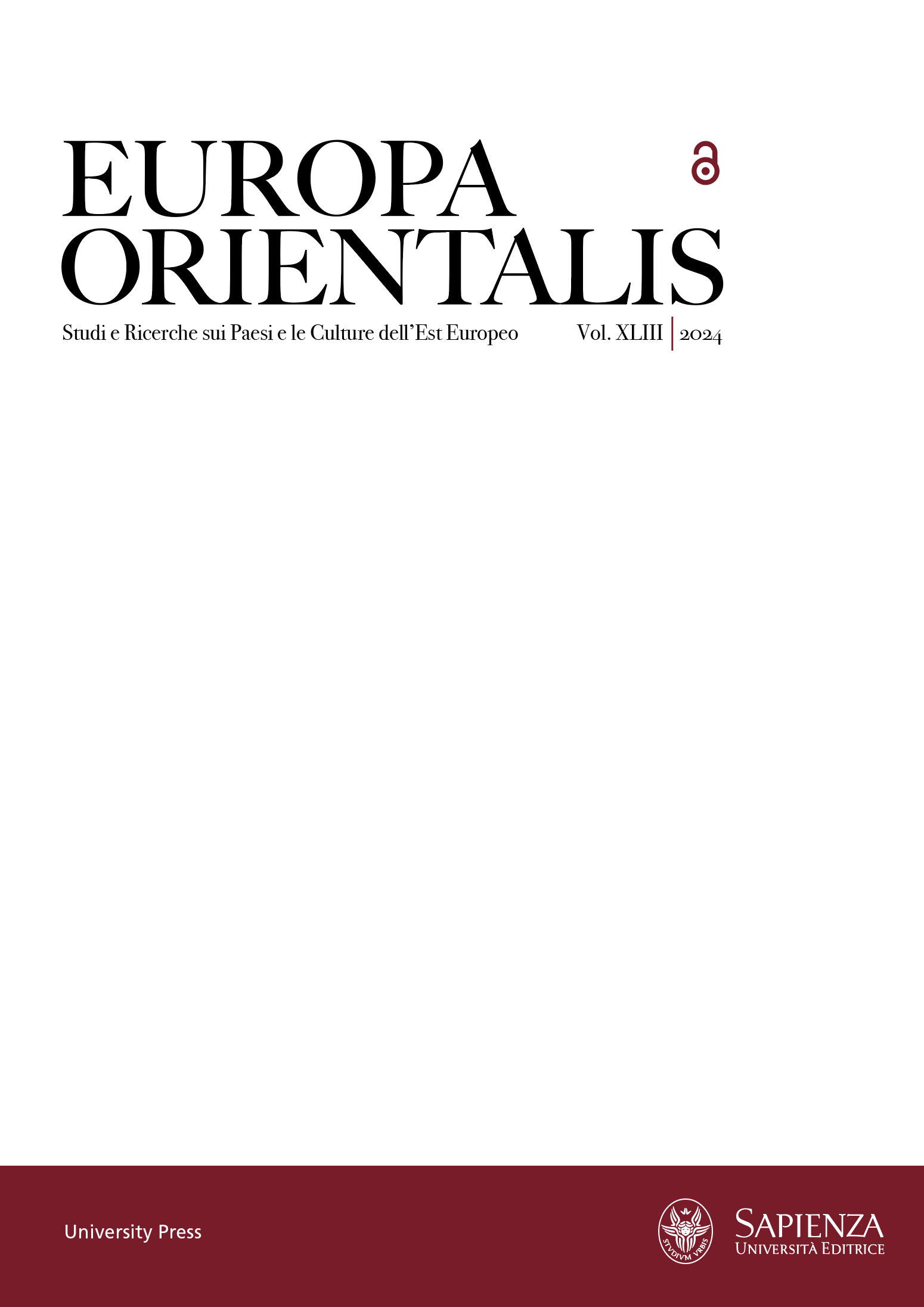“Vita nuova” in the new life. Dante’s youthful book in Stalin’s Russia
DOI:
https://doi.org/10.13133/3035-000X/3055Parole chiave:
Dante Alighieri, Vita Nuova, Stalinist culture, Soviet translations, the Academia publishing house, Abram Efiros, Maria LiverovskayaAbstract
“Vita Nuova” was translated into Russian for the first time in 1895 by Al. P. Fedorov. The second translation was published in 1918 after the Revolution by Maria Liverovskaya, while the Academia publishing house made a publication of the third translation in 1934, at the beginning of the Stalinist era, by Abram Efiros. The present article analyses Abram Efros’s preface to his translation of “Vita Nuova” in the context of Academia publishing house work, didactic literature of the 1930s and Stalinist critical reviews. The aim of this article is to find out the strategies of the introduction of Dantean text, considered by Italian scholars as a combination of biblical, hagiographic and courtly genres, in Stalinist culture of the early 1930s.##submission.downloads##
Pubblicato
2024-12-30
Fascicolo
Sezione
Studi e ricerche
Licenza
Copyright (c) 2024 Kristina Landa

Questo lavoro è fornito con la licenza Creative Commons Attribuzione - Non commerciale - Condividi allo stesso modo 4.0 Internazionale.

